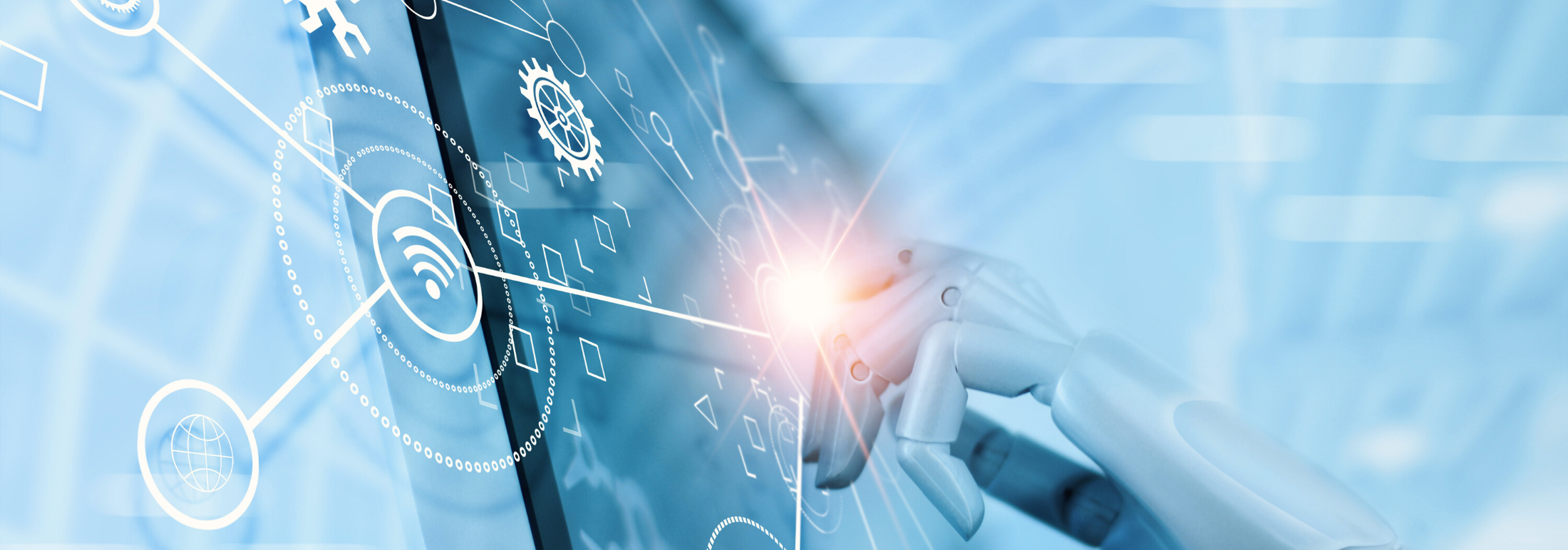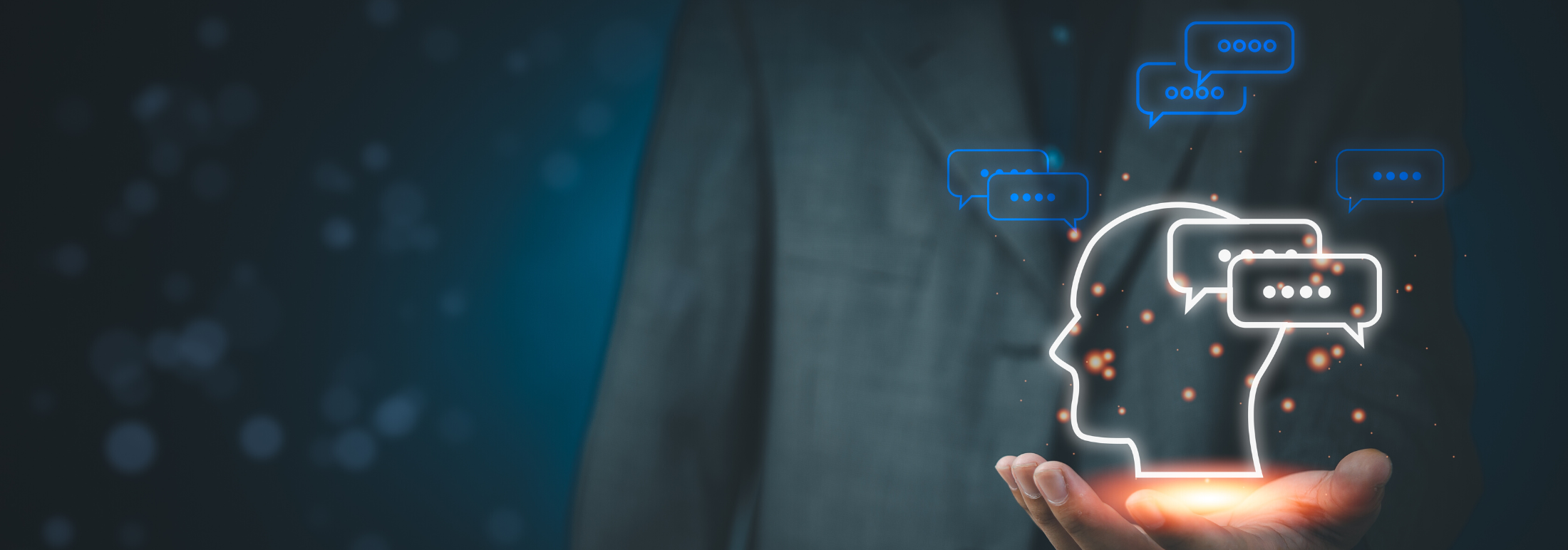
CATEGORY ARCHIVE: aiops products tools


Understanding Applied Observability: How it Improves System Reliability, Resilience, and Performance

Understanding Causal AI and Its Impact on Enterprises

Top Causal AI Use Cases

The Role of Automation in SRE and Strategies for Automating Routine Tasks

Revolutionize Healthcare Sector with Generative AI

The Evolution of Cybersecurity: How Digital Immune System (DIS) is Changing the Game and Best Practices for Securing your Data and Infrastructure

Managing and Optimizing Data Storage for Big Data

SecOps: The Road Ahead – 2023 Trends and Future Outlook How is it?








